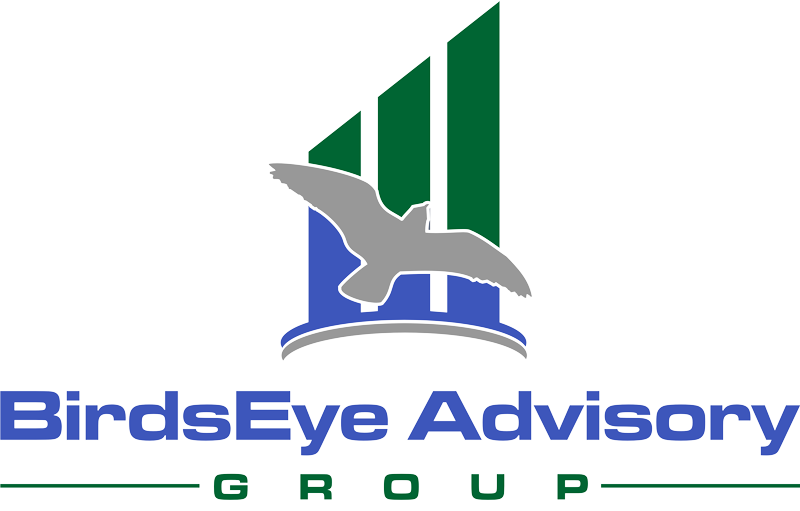I recently completed a research project to study the current and future landscape of the pet product distribution industry. Questions to be answered revolved around the active M&A activity and what does it mean for independent retailers, small distributors and manufacturers. It must be a hot topic, because there seems to be a lot of demand for this information!
Combining my personal experience as the former owner of a pet product distribution company, my experience as an M&A advisor in four pet distributor transactions, as well as interviews with numerous industry insiders resulted in some fascinating discoveries. There seemed to be great concern, particularly among the small independents and niche manufacturers that our industry would end up with just one giant distributor to buy from or sell to, creating a monopoly of sorts. Fortunately that does not appear to be happening anytime soon.
Below are some key highlights from my report.
The Players
Phillips Pet Food & Supplies (“Phillips”) and Animal Supply Company (“ASC”) are the two largest national pet distributors, with Central Garden and Pet coming in third. The consolidation in pet distribution has been a fast and furious battle between Phillips and ASC. ASC, a Halifax Group portfolio company, has completed six acquisitions in fiscal year 2013 alone.
While consolidation in the industry has been aggressive, there is still an influx of smaller, niche-type distributors that serve a need for both their customers and the manufacturers who need a way to get to market. According to Steve King, President of Pet Industry Distributors Association (PIDA), the current pet distribution landscape is two-tiered. There are major distributors like Phillips and ASC distributing larger, more established brands and smaller niche players that serve the needs of the newer and smaller brands that need a way to enter the market.
How healthy are the Independents?
Given the amount of competition that exists for pet products, the well-operated independent pet stores have held their own remarkably well. According to the newly released 2013-2014 APPA National Pet Owners Survey, independent pet specialty stores gained some ground on the pet superstores in 2012. Seventy-six percent of dog owners reported that they shopped at a local independent pet store last year, up from just 62 percent in 2010. Similar gains were reported among all pet ownership segments.
In addition, the results of PIDA’s 2013 Industry Size Survey show that distributors’ revenue is increasing. This implies that the independent retailers the distributors service are growing. The survey results revealed that members did more than $3.3 billion in sales at wholesale in 2012, compared with just over $3 billion in 2011. This translates to $4.45 billion in retail sales, assuming a blended margin of thirty-five percent. To put this number into perspective, Petsmart, with just over 1,200 stores, generated $6.4 billion in net sales in 2012.
Petsmart and Petco have been part of the pet retail channel for twenty years. The price disparity between the independents and big boxes is now relatively insignificant. It is the ongoing trend towards the humanization of pets that has assured the continued success of the well-operated independent pet retailer. Pet owners are seeking the personal relationships with knowledgeable store owners or well trained staff to ensure they select the best possible product for their pets. Most new products start with being introduced in the independent retailer, and then if successful, the big boxes will want to pick it up. So the role of the independent is critical! High touch customer service and strong product knowledge is the signature of the well-operated, independent retailer.
How big a threat is E-Commerce?
As is the case for all traditional retailing and distributing, e-commerce is a substantial threat. Cleveland Research expects pet e-commerce to grow 38% in 2014. Amazon.com and their pet site www.wag.com (WAG) have gained and will continue to gain market share. Especially when they can deliver customers purchases within 30 minutes using drones! However, it remains to be seen if consumers will adopt the online model for pet supplies or if independent pet retailers (and big box pet retailers) will remain the preferred channel for purchasing. Independent pet retailers’ product knowledge is a distinct advantage over online shopping. Consumers may continue to seek advice and education regarding the best pet products for their pet and purchase those products at the store. It is critical for independent retailers to offer a drop-ship program to their customers to remain competitive. As such, there is a substantial opportunity for pet distributors to provide these drop ship programs to their independent retail customers that will in turn, create loyalty with the retailer. And while the major e-commerce players, like WAG, are doing their own fulfillment, there is an opportunity for pet distributors to offer drop ship programs for smaller online retailers.
Many distributors have already taken this knowledge to heart and offer a robust drop ship program to both their retail stores and websites.
To date, one of the biggest challenges with pet supply e-commerce is that the largest volume items (dog food) are the most expensive to ship. None of the major e-commerce retailers (WAG, Pet Flow, Pet Food Direct) are profitable on these products, but they have been successful in buying market share and are moving large volumes. It remains to be seen if they will continue to keep dog food as a loss leader in order to retain and grow their customer base.
The Future of the Pet Product Distribution Landscape
Most pet industry distribution experts agree that the pet product distribution landscape will reach maturity in the next three years. Phillips and ASC will each have a national footprint. It remains to be seen if there will be a handful of smaller multi-regional players, such as Pet Food Experts, that together can provide manufacturers an alternative to Phillips and ASC; or if two national brands will dominate. However, all the consolidation will create an opportunity for entrepreneurial distributors to exit the food business and focus on niche consumables and bring new products to market. These niche distributors are a very important part of the pet industry as it allows smaller, innovative manufacturers an outlet to bring their products to market. The pet industry is FULL of “better mousetrap” inventors.
Carol Frank of Boulder, CO, is the founder of four companies in the pet industry and a Managing Director with BirdsEye Advisory Group, where she advises pet companies in M&A transactions and Exit Planning. She is a former CPA, has an MBA, is a Certified Mergers and Acquisitions Advisory (CM&AA) and holds Series 79 and 63 licenses. She highly values and incentivizes referrals and can be reached at cfrank@birdseyeadvisory.com.

